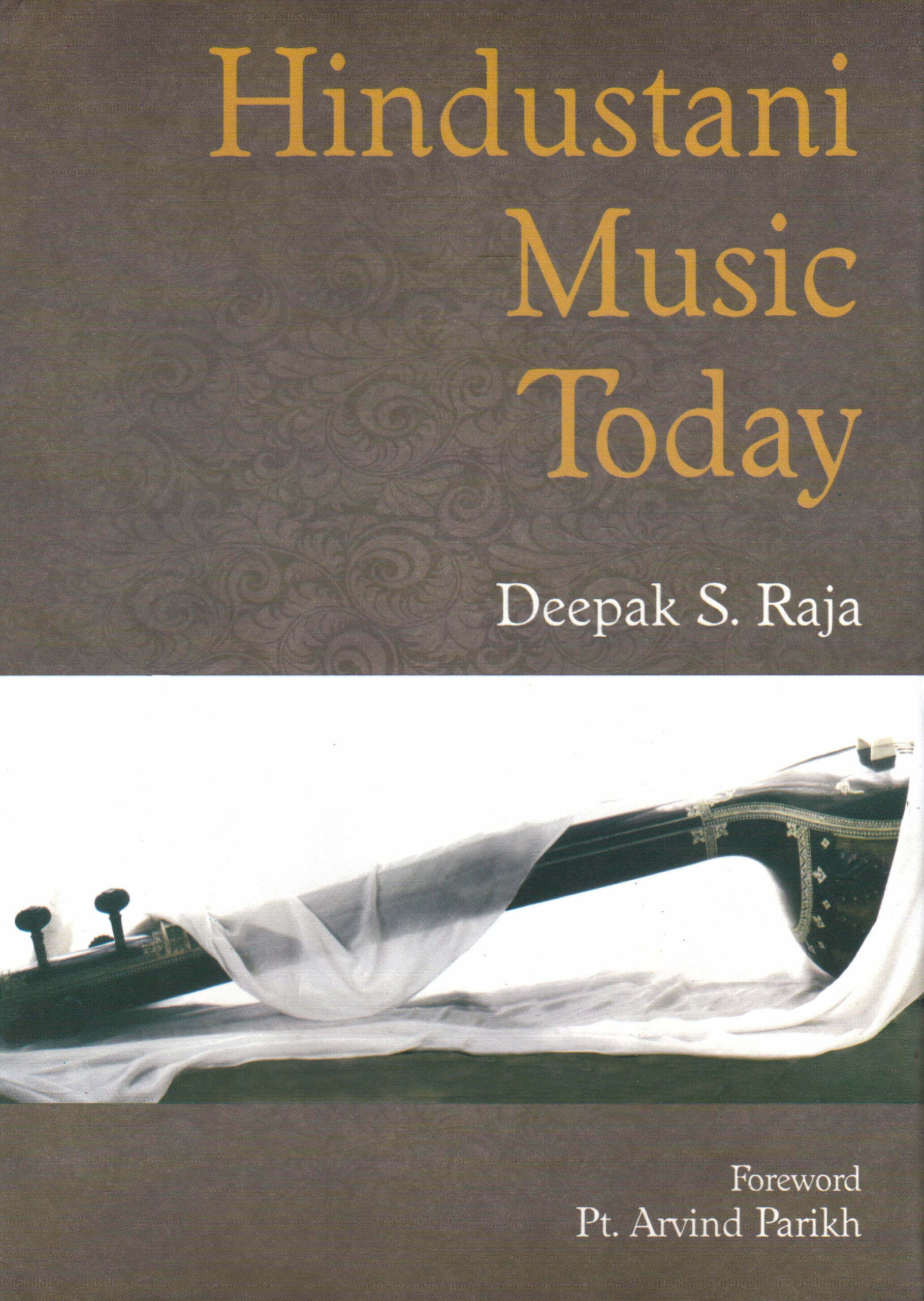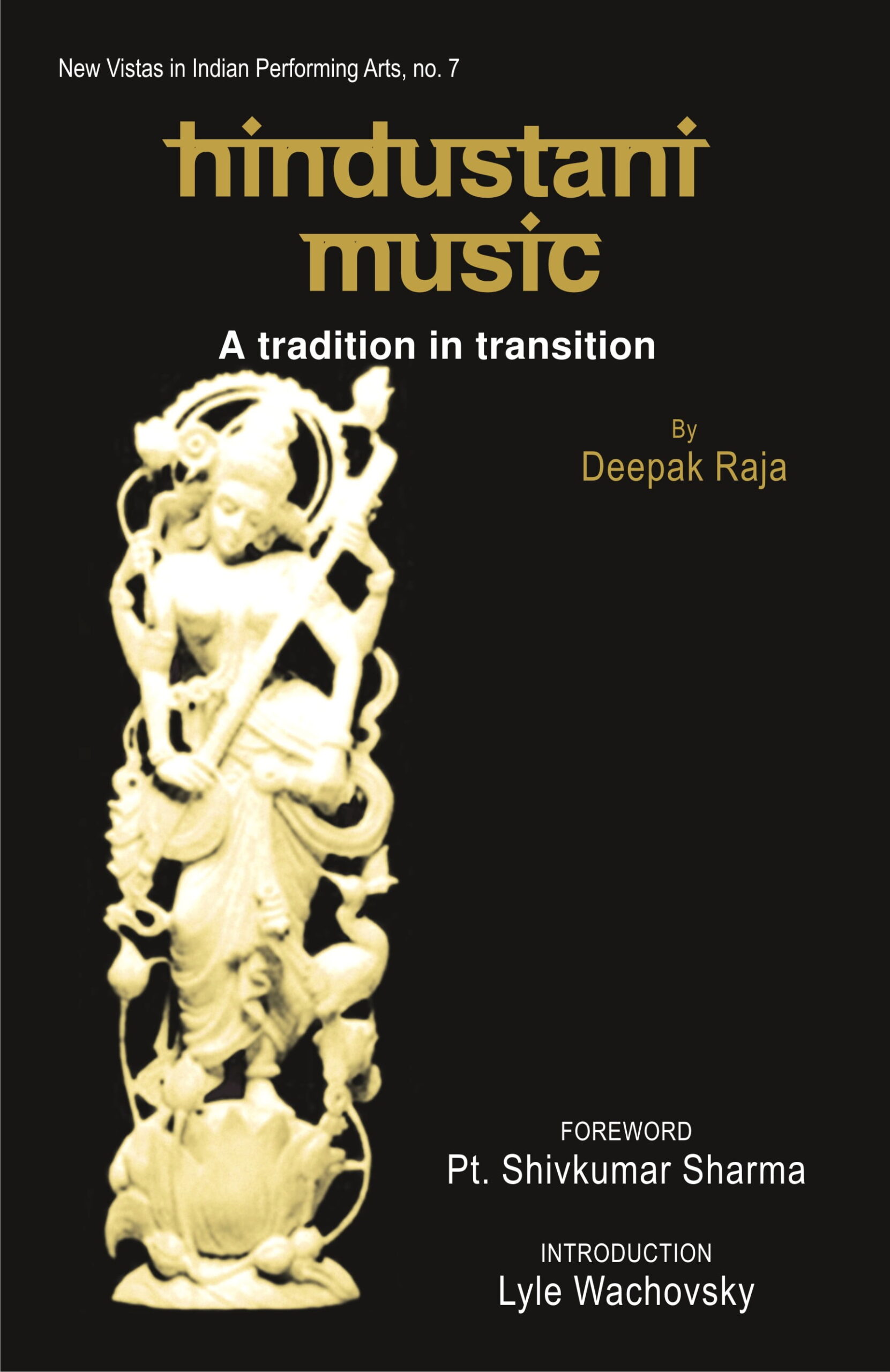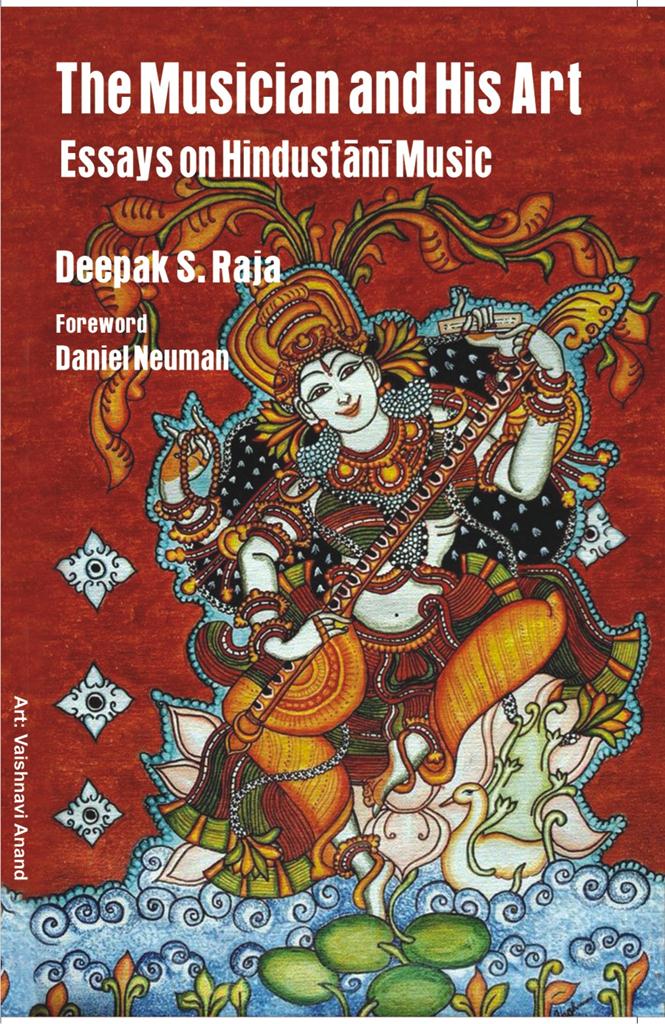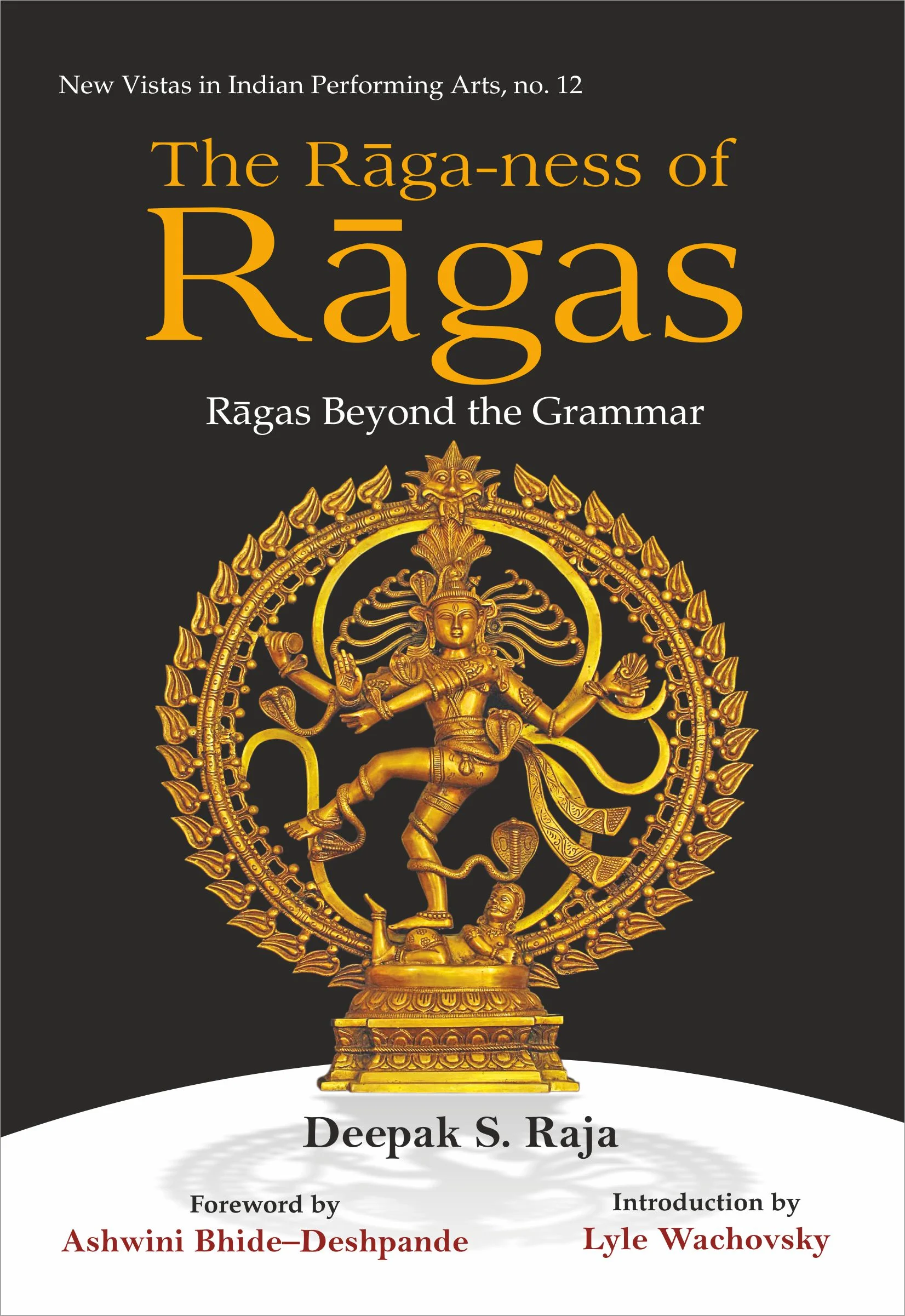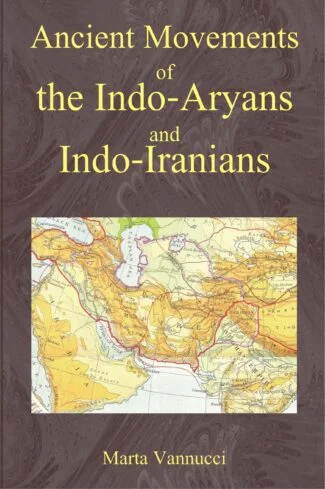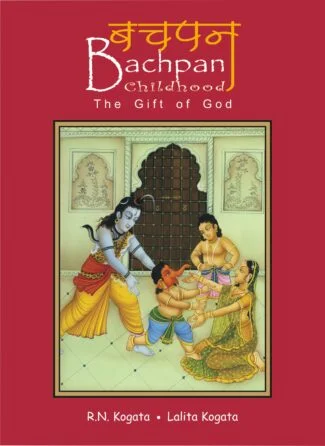

Hindustani Music (PB...
Hindustani Music (PB)
A Tradition in Transition by: Deepak S. RajaIt is a wide-ranging survey of the north Indian tradition of classical music during the post-Independence period. The book is divided into six parts, which, based on the authors vast experiences, make complex musicological concepts accessible to non-academic readers.
$32.00
ISBN: 9788124608074
Year Of Publication: 2015
Edition: 3rd
Pages : xxx, 488 p
Bibliographic Details : Glossary; Bibliography; Index
Language : English
Binding : Paperback
Publisher: D.K. Printworld Pvt. Ltd.
Size: 23 cm.
Weight: 850
Hindustani Music: A tradition in transition is a wide-ranging survey of the North Indian tradition of classical music during the post-independence period. Explicitly, this book addresses music lovers of above-average familiarity with Hindustani music, and their curiosity about its inner workings. It is, however, also a valuable reference for scholars and other writers on music. The book is based on the author’s long years of training as a musician, vast experience as an analyst of music, and an observer of the cultural environment. The book is divided into six parts. Part I articulates an Indian perspective on important societal, cultural, economic and technological drivers of Hindustani music. Part II discusses issues pertaining to presentation formats, and the structural and melodic aspects of Hindustani music. Part III deals with the notion of raga-ness, and the world of ragas. Part IV presents comprehensive backgrounders on the four major genres of vocal music Dhrupad, Khayal, Thumree, and Tappa. Part V features detailed fact-sheets on eight major melodic instruments of the Hindustani tradition Rudra Veena, Sitar, Surbahar, Sarod, Sarangi, Shehnai, Santoor, and the Indian classical (Hawaiian) guitar. Part VI presents a glossary of words in italics, a list of suggested readings, and an index. The book makes complex musicological concepts accessible to non-academic readers, and contributes significantly to widening the understanding of contemporary trends in Hindustani music. Written by an author of impeccable credentials as a musician, researcher, and author, this book is a very significant addition to the body of authoritative writing on 20th century Hindustani music.
Foreword
Preface to the Second Edition
Preface to the First Edition
Acknowledgement
Key to Transliteration
Prologue
Not by Accident Alone
The Bigger Picture
The Language Issue
Issues of Objectivity
The Writers Role
Towards Connoisseur Activism
Clarity of Purpose
Introduction
Part i
Culture, Technology and Economics
1.1 Populism and Rival Forces
The Emergence of a Market
Dimensions of Populism
The Conservationist Reaction
The Unlikely Ally
1.2 If Peanuts Is What You Pay
The Changing Context
The Economics
The Bottom Line
1.3 Government, Business and Classical Music
The Traditional Patronage Model
Benefactor Qualifications
Reconfiguring Benefaction
1.4 Pandits and Ustads Aplenty!
1.5 Archival Music and the Cultural Process
Obsolescence in Recorded Music
The Archival Music Market
Generations as Markets
Continuity and Change
The Challenge from the Graveyards
The Yardstick of Musicianship
The Virtual Guru
The Big Picture
1.6 A Requiem for the Gharanas
What Is a Gharana?
Favourable Conditions
The Golden Age of Hindustani Music
Chinks in the Armour
The Gharana Brands Today
part II
Form, Idiom and Format
2.1 Architecture in Modern Hindustani Music
The Architectural Metaphor
Function and Structure
The Linearity of Progression
The Cyclicity of Melodic Exploration
The Econometric Model
A Case Study
The Duration Factor
The Argument
2.2 Instrumental Idioms: Anga or Apanga?
Source Material of the Hindustani Tradition
Adoption and Adaptation
Deviations and Innovations
Auchitya in Innovation
Auchitya: The Idea
2.3 The Jugalbandi Racket
Jugalbandi Patterns
The Burden of Evidence
Experimentation and Propriety
2.4 Tihais . . . and the Rape of Melody
The Logic of Tihais
Placement, Function and Aesthetics
The Aesthetic and the Grotesque
part III
The World of Ragas
3.1 The Raga-ness of Ragas
The Melodic Grammar of Ragas
The Aesthetic Grammar of Ragas
Postscript
3.2 Ragas: Right and Wrong
Nomenclature
Rare Ragas and Their Compounds
Creative Licence
Raga Evolution
Grammatical Prudence
The Bottom Line
3.3 Raga Chemistry and Beyond
The Allotrope
The Compound
The Emulsion
Chemistry Defines Options
The Raga-malika
Beyond Chemistry
3.4. Kedar at Sunrise?
The Theory
Ragas that use the Flat Svars of (Re and Dh [2nd and 6th])
Ragas that use the Shuddha Svars of Re and Dh (2nd and 6th)
Ragas that use the Flat Svars of Ga and Ni (3rd and 7th)
A Rational Perspective
Postscript
3.5 Raga, Rasa, Meaning
The Notion of a Commanding Form
Psycho-acoustic Hypothesis
Is the Raga a Language?
The Rasa Theory
What Is Rasa?
The Aim of Artistic Endeavour
Towards Mystical Aesthetics
Transcendentalism
Rasa
Spirituality in Hindustani Music
Art Music as a Profession
3.6 The Raga-ness of Compositions
The Composition in Hindustani Music
Raga Reconsidered
The Composition and Performance
A Postscript
Part IV
The Major Genres
4.1 An Introduction to Dhrupad
An Aesthetic Perspective
Stylistic Diversity
Gharanas of Dhrupad
Melodic Expressions in Dhrupad
The Tals of Dhrupad
Raga Presentation Structure
Variants on the Raga Presentation Structure
The Ensemble for Dhrupad Performance
A Structural Analysis
The Nature of Appeal
Dhrupad Today
4.2 An Introduction to Khyal
The Plastic Arts Metaphor Applied to Khyal Music
History and Evolution
The Gharanas of Khyal Music
The Ensemble for Khyal Performance
The Format of Khyal Presentation
Melodic Expressions in the Khyal Genre
The Poetic Element in Khyal Vocalism
Articulation in Khyal Music
The Structure of Compositions
Khyàl Presentation Protocol
The Typology of Tans
The Aesthetics of Tans
Trends in Khyal Vocalism
4.3 An Introduction to Thumri
Sources of the Thumri Tradition
Stylistic Evolution
Landmark Personalities
Poetry in Thumri
Ragas in Thumri
Tal in Thumri
Dadara: the Genre
Ensemble for Thumri Performances
Bandish Thumri: Structure and Rendition
Bol-banao Thumri: Structure and Rendition
Thumri in Instrumental Music
The Thumri Today
4.4 Introduction to the Tappa
Historical Outline
Salient Stylistic Features
The Tappa Today
Part V
The Major Instruments
5.1 The Rudra Vina
Organology
History
Design
Ergonomics
Acoustics
Stroke Craft
Techniques of Melodic Execution
Recent Bin Music
The Disappearing Breed
5.2 The Sitar
The Masit Khani Gat
The Raza Khani Gat
Sitar Styles
Techniques of Melodic Execution
The Singing Sitar
5.3 The Surbahar
Surbahar and the Imdad Khan Lineage
5.4 The Sarod
History
Organology
Design and Tuning
Acoustics
Ergonomics
The Sarod Idiom
Techniques of Melodic Execution
New Path to Sculpting of Melody
5.5 The Santur
Organology
Construction and Tuning
Evolutionary Perspectives
Shivkumar Sharmas Music
The Santur after Shivkumar Sharma
5.6 The Shehnai
Organology
Design
Idiom and Repertoire
Genres in Shehnai Music
The Ensemble for Shehnai Performances
The Disappearing Shehnai
5.7 The Sarangi
Construction, Design and Tuning
Playing Technique
The Role of the Sarangi in Music
The Harmonium Challenge and the Response
The Sarangi:As the Second Fiddle and
the First
5.8 The Indian Classical Guitar
Evolutionary Perspectives
The Vichitra-vina Legacy
Kabras Guitar
After Kabra
5.9 The Tanpura and Svarmandal
The Tanpura/Tambura
The Svarmandal
5.10 The Violin
How It All Began
Not Really a Foreign Instrument
The Violin in Hindustani Music
The Hindustani Violin Today
5.11 The Bansuri
The Context
Pannalal Ghosh
The Bansuri after Pannalal Ghosh
Stylistic Directions
5.12 The Pakhawaj and Tabla
Pakhawaj
Tabla
The Tabla as Accompanist and Soloist
5.13 Harmonium
The Instrument
Landmark Personalities
The Harmonium and Art-Music
Why the Harmonium Reigns
Implications for Hindustani Vocalism
Glossary
Suggested Bibliography
Index



